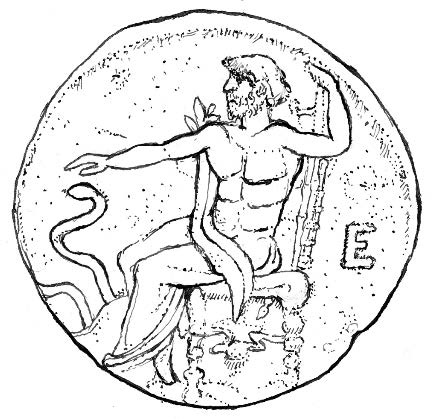RMA Dissertations
Between Adopting and Adapting
An analysis of the glocalizing identities of early Greek Asklepieia (600-300 BCE)
Anne de Hoop
See full text in the UU repository
Because of the great influence ascribed to the Asklepieion of Epidauros both in Antiquity and modern times, scholars generally characterize the development and spread of the cult of Asklepios as directed from Epidauros. Therefore, the debate has hitherto left little room for the local and Panhellenic dimensions of early Greek Asklepieia. This thesis will challenge this as of yet rarely disputed communis opinio by analyzing to what extent early Greek Asklepieia resulted from local interests and Panhellenic processes of social and cultural change. It will do so by means of a comparative analysis of the geographical placement, layouts and structures, and religious practices of early sanctuaries of Asklepios, using the material and textual evidence of Asklepieia that were founded between the late sixth- and fourth centuries BCE. As such, this study will demonstrate that the cult of Asklepios was shaped by a combination of local and global tendencies. Panhellenic elements were adopted by sanctuaries of Asklepios and subsequently adapted to serve the local needs of the sanctuary and its associated polis. Therefore, every early Greek Asklepieion was to some extent a glocalizing sanctuary.


